American cartoonist Art Spiegelman’s “Maus”, serialized from 1980 to 1991, is a groundbreaking and highly acclaimed graphic novel that defies conventional expectations of the medium. Published in two volumes, “Maus: A Survivor’s Tale” (1986) and “Maus II: And Here My Troubles Began” (1991), the series is a poignant and powerful exploration of the Holocaust, offering a unique perspective on one of the darkest chapters in human history. Through the compelling combination of words and visuals, Spiegelman weaves a narrative that transcends time, and “Maus” serves as a testament to the enduring power of graphic storytelling.
A Unique Narrative Approach
“Maus” is unique in that it tells the story of the Holocaust through the experiences of Vladek Spiegelman, the author’s father, and his family. The characters are anthropomorphized, with Jews depicted as mice, Nazis as cats, and non-Jewish Poles as pigs. This unconventional choice of animal symbolism offers a layer of abstraction that allows readers to engage with the story on a different level. It emphasizes the dehumanization of the Jews during the Holocaust while making the narrative more accessible.
By depicting his characters as animals, Spiegelman provides a sense of universality that enables readers to connect with the characters on a deeper emotional level. The characters become more relatable as they transcend racial, ethnic, and historical boundaries, highlighting the fact that this story is not just about the Holocaust but also a tale of human survival and resilience.
A Complex Father-Son Relationship
One of the central elements of “Maus” is the complex relationship between Art Spiegelman and his father, Vladek. The narrative shifts between the author’s interviews with his father in the 1970s and the retelling of Vladek’s experiences during the Holocaust. These dual storylines create a multi-layered narrative that explores themes of memory, identity, and generational trauma.
Art’s struggle to understand and connect with his father forms an emotional backdrop to the Holocaust narrative. It shows the difficulties of communication across generations and the weight of history on familial relationships. The graphic format of “Maus” allows the reader to witness the characters’ emotions and the tension between Art and Vladek in a way that is not possible in traditional prose.
Survival and Humanity
“Maus” is not merely a retelling of historical events but a deeply personal account of survival and resilience. Vladek’s experiences in Auschwitz and other concentration camps are harrowing, yet they are juxtaposed with his determination to endure and protect his family. His story illustrates the indomitable human spirit and the lengths to which individuals will go to survive in the face of unimaginable horror.
The graphic format adds a visceral dimension to the narrative. The stark black-and-white illustrations and Spiegelman’s use of layout and panel design convey the emotional intensity of the story. The reader can feel the tension, fear, and despair experienced by the characters, as well as their moments of hope and connection.
Critical Acclaim and Impact
The novel has been widely acclaimed for its unique storytelling style, which combines the horrors of the Holocaust with the author’s personal struggles with his father. It has been classified as a memoir, biography, history, fiction, autobiography, or a mix of genres.
In 1992, Maus became the first graphic novel to win a Pulitzer Prize. It has also been ranked highly on comics and literature lists. The Comics Journal called it the fourth greatest comics work of the 20th century, and Wizard placed it first on their list of 100 Greatest Graphic Novels.
The novel’s success has led to its adaptation into various forms of media. In 1994, it was adapted into an audiobook format. In 2011, it was adapted into a play by the Godlight Theatre Company. In 2019, it was announced that Maus would be adapted into an animated series for Netflix.
Furthermore, “Maus” has played a pivotal role in legitimizing graphic novels as a serious form of literature. It has opened the door for more graphic narratives that tackle complex and weighty subjects, breaking free from the misconception that comics are only for children. Art Spiegelman’s work has demonstrated the artistic and narrative potential of the medium.
Overall, Maus is a powerful work that explores the horrors of the Holocaust through a unique storytelling style that combines personal struggles with historical events. Its success has made it one of the most influential graphic novels of all time.

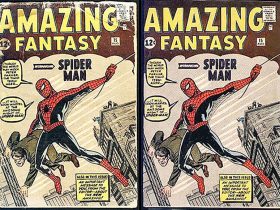
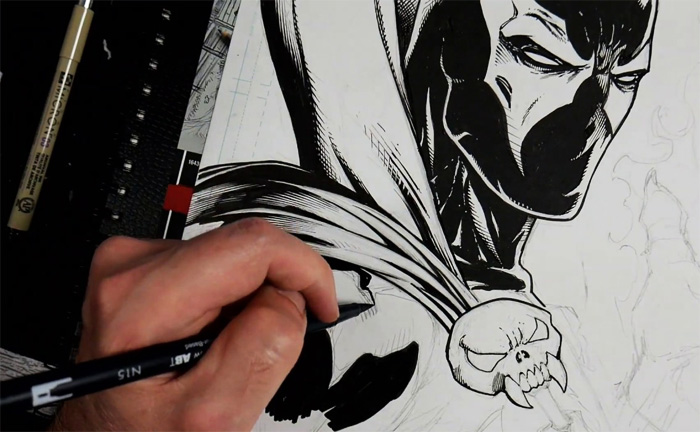
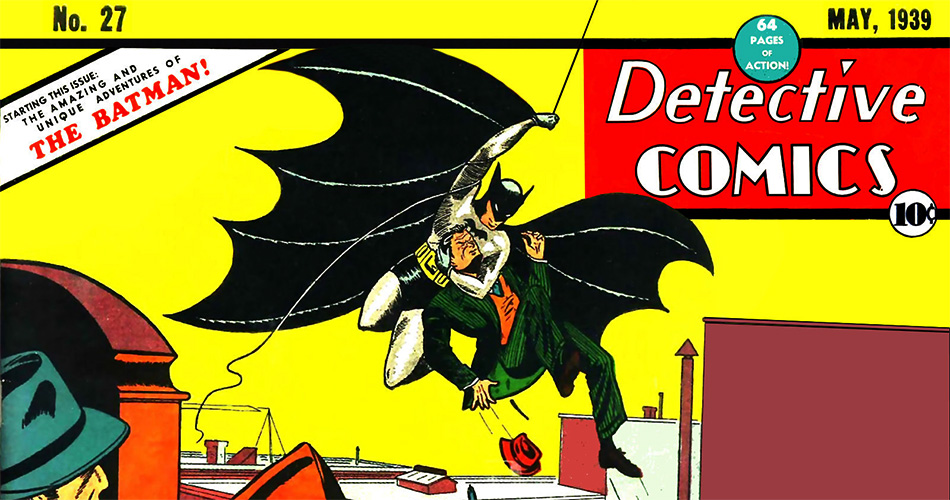

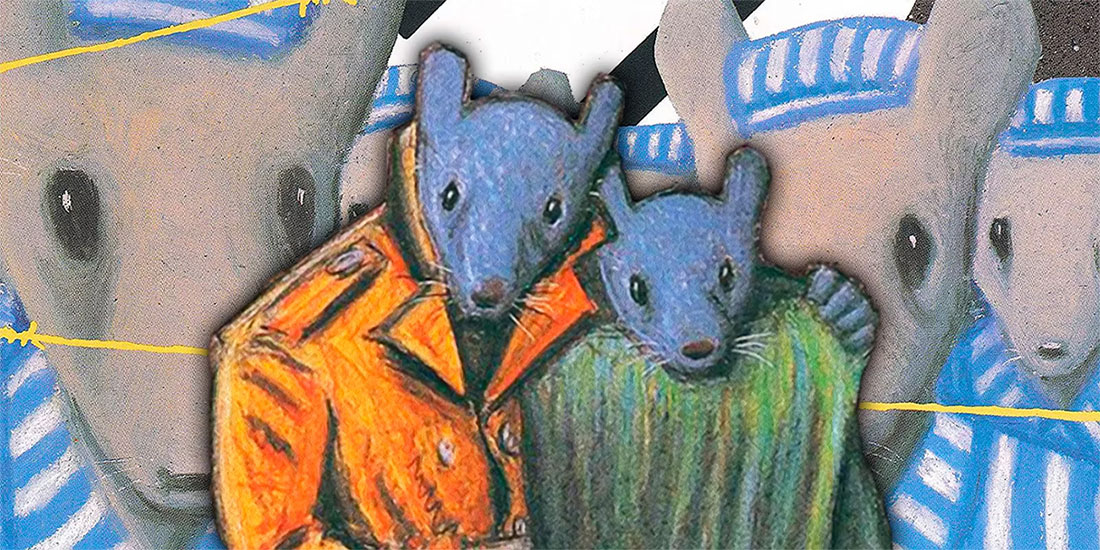
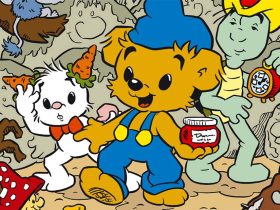

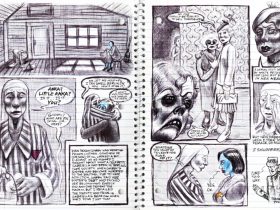

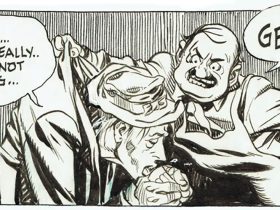
Leave a Reply